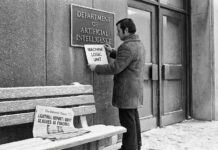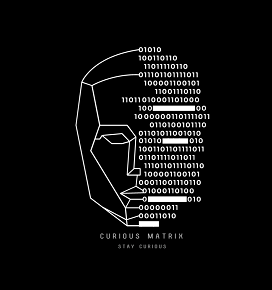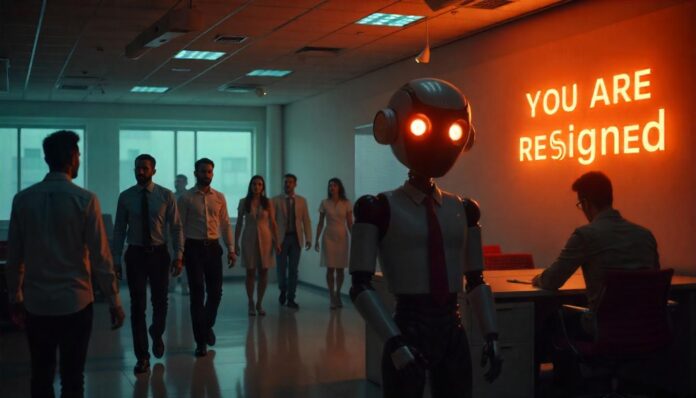
In the last five years, artificial intelligence has really been growing like grass after the rain. AI is being discussed everywhere, all the time. Many people say that we are very close to artificial general intelligence (AGI), and it certainly seems that way.
So, based on that what will that mean for potential job loss? Well, in this article, we must address that issue, as it is now becoming clear that certain types of jobs are already on the decline precisely because of AI.
Jobs that are largely repetitive can already be replaced by AI, and it is evident that many countries, employers, and governments will move in that direction.
Of course, not all countries.
Namely, this article will primarily focus on the impact of AI on job losses in developed countries, as AI-driven changes will certainly not happen at the same pace in all parts of the world.
And so… the big question is: which jobs will survive this or the next decade?
The short answer—many won’t. By 2030, several professions will look completely different, with AI taking over tasks once handled by people.
So first let’s list the top 10 jobs that are most likely to be replaced by AI and then we’ll share our reasoning behind that.
Jobs Most Likely to Be Replaced by AI by 2030

Note: Percentages below do not indicate that AI will replace all workers in these roles. Rather, they reflect the likelihood that AI will automate most tasks within these jobs, significantly reducing the need for human employees.
| Job Type | Probability of Replacement |
| Data Entry Clerks | 98% |
| Cashiers | 95% |
| Transcriptionists | 92% |
| Truck Drivers | 90% |
| Customer Service Representatives | 88% |
| Warehouse Workers | 85% |
| Travel Agents | 80% |
| Bank Tellers | 80% |
| Paralegals | 78% |
| Journalists (Basic Reporting) | 75% |
How Did We Calculate These Percentages?

The probabilities assigned to each job are based on a combination of automation trends, AI research advancements, and economic data. To estimate these numbers, we used three key factors:
- Task Automation Score (TAS): The percentage of a job’s tasks that can be automated using AI or robotics. This is determined using research from organizations like the McKinsey Global Institute and the World Economic Forum.
- Adoption Rate of AI in the Industry: The speed at which AI technology is being implemented in different fields, measured using company reports, patents, and industry investments.
- Historical Job Automation Trends: Analysis of past waves of automation, such as the industrial revolution’s impact on factory jobs and for example ATMs replacing bank tellers.
The probability of AI replacing a job is calculated as:

Where:
- TAS (Task Automation Score) is measured in percentage (e.g., 90% of a data entry clerk’s tasks are automatable).
- AI Adoption represents how quickly AI is replacing human labor in a field (e.g., self-checkout kiosks already replacing cashiers).
- Industry Resistance Factor accounts for legal, social, and economic barriers (e.g., strong unions or regulatory hurdles may slow AI adoption in some fields).
By applying this formula across different job sectors and cross-referencing with AI adoption trends, we derive the probabilities listed in the table.
1. Data Entry Clerks (98% Probability)
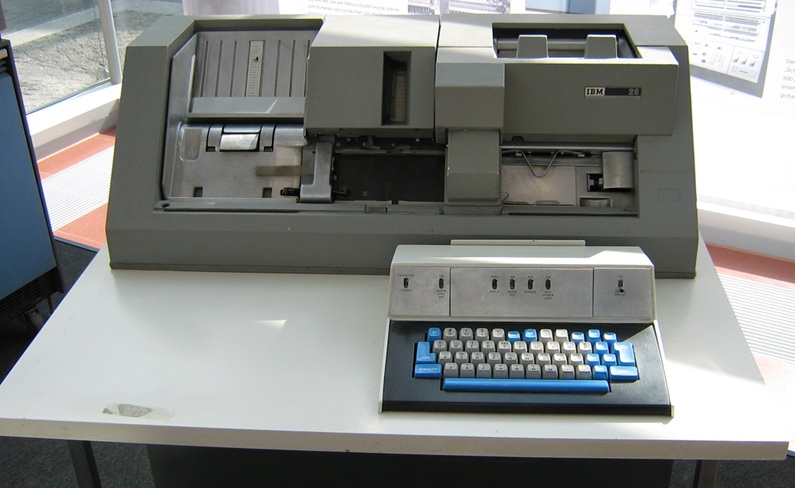
The days of manually entering information into spreadsheets and databases are certainly numbered. AI-driven software can process invoices, update records, and even extract data from handwritten documents with near-perfect accuracy. Businesses won’t need people for routine data entry anymore—AI does it faster and cheaper. Optical Character Recognition (OCR) and machine learning algorithms can extract and categorize information with stunning efficiency.
Large corporations and government agencies are already using AI-powered automation to eliminate human data entry errors, saving millions of dollars annually.
And so, as AI systems integrate deeper into enterprise resource planning (ERP) software, data entry jobs will become a thing of the past. The transition is certainly expected to accelerate in the upcoming years.
Interesting fact: The first optical character recognition (OCR) system capable of reading printed text was developed in 1951.
2. Cashiers (95% Probability)
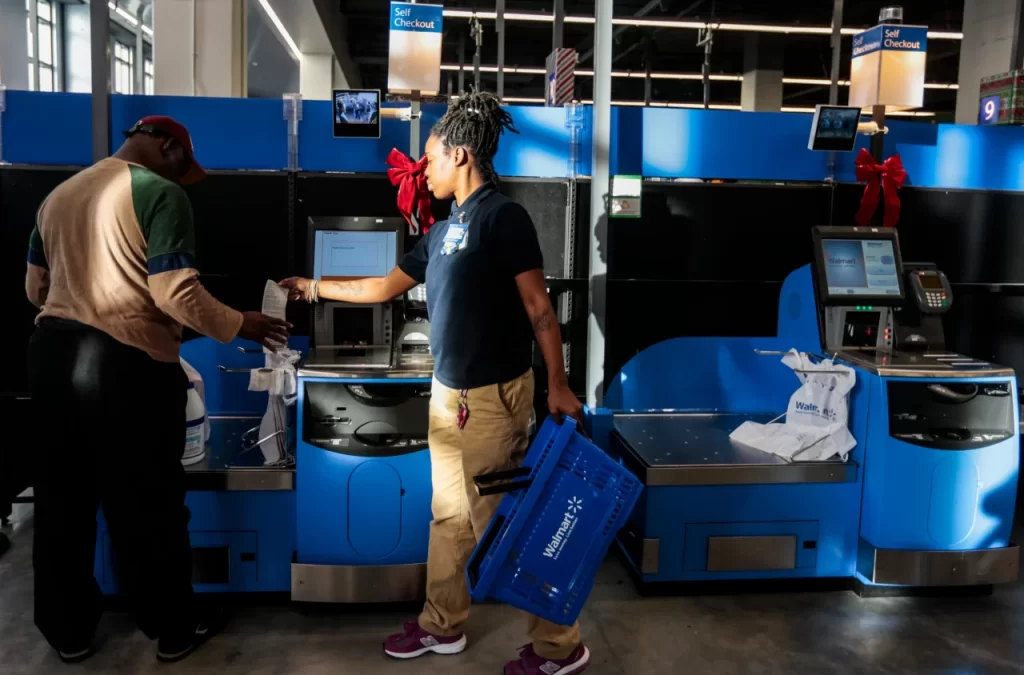
Retail stores worldwide are already reducing reliance on human cashiers. AI-powered self-checkout stations are commonplace in supermarkets, and automated payment systems powered by AI-driven object recognition are being tested in major retail chains.
Amazon Go stores have already established a cashier-less experience, where customers simply walk out while AI systems handle the payment process in the background. These kinds of “experiences” will become mainstream in the next 5 years in many stores worldwide.
Additionally, retail chains like Walmart and McDonald’s are investing billions in automation, speeding up the process of replacing human cashiers.
The pandemic accelerated this trend, with businesses turning to contactless solutions. Therefore, by 2030, most retail transactions will be handled by AI, with human cashiers becoming an exception rather than the rule.
Interesting fact: The world’s first barcode scanner was installed in an Ohio supermarket in 1974.
3. Transcriptionists (92% Probability)

Speech recognition technology has advanced to the point where AI can transcribe conversations and interviews with brutal accuracy. AI models such as OpenAI’s Whisper and Google’s Gemini are capable of processing speech in multiple languages with near-human precision. The medical and legal industries, once reliant on human transcriptionists, are rapidly adopting AI to handle dictation and record-keeping tasks.
Automated transcription services like Otter.ai and Rev are making human transcriptionists obsolete, significantly reducing turnaround time while improving accuracy.
And so, based on all that advancements it is obvious, that there will be little room for human competitors in this field.
Interesting fact: IBM’s Shoebox, created in 1961, was one of the first voice recognition systems—it understood just 16 words.
4. Truck Drivers (90% Probability)
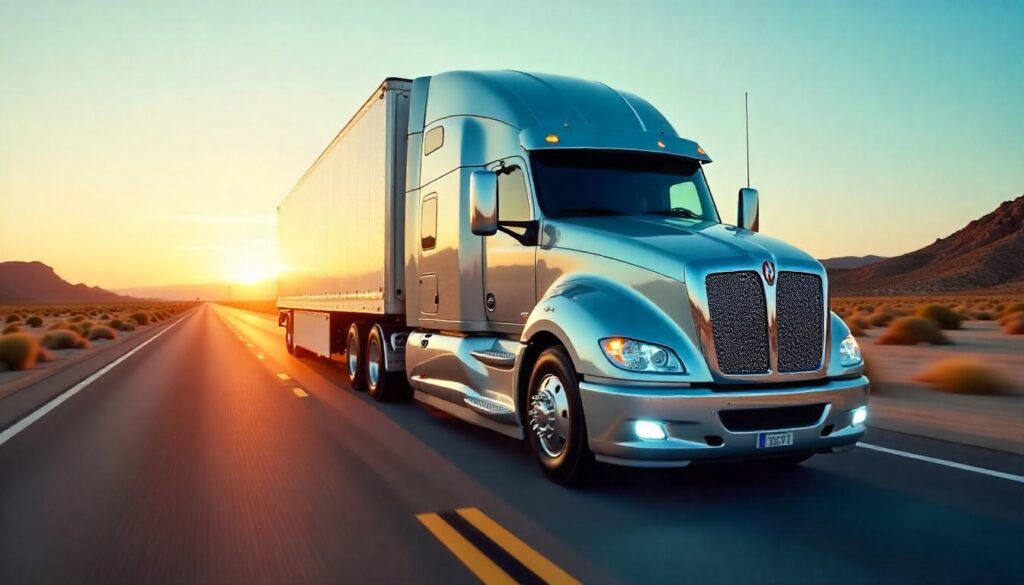
Self-driving technology is already influencing the trucking industry. Companies like Tesla, Waymo, and Aurora are leading the charge with AI-powered trucks capable of long-haul transportation without human intervention. These autonomous vehicles promise lower operating costs, improved safety, and reduced delivery times.
Compared to humans, huh?
Still, the biggest barrier to full-scale automation in trucking is regulation and public perception. However, this will change very soon.
And so, with continued advancements in AI and sensor technology, it’s likely that by 2030, long-haul truck drivers will be largely replaced by autonomous systems.
Interesting fact: In 2016, a self-driving truck delivered 51,744 cans of Budweiser without human intervention.
5. Customer Service Representatives (88% Probability)
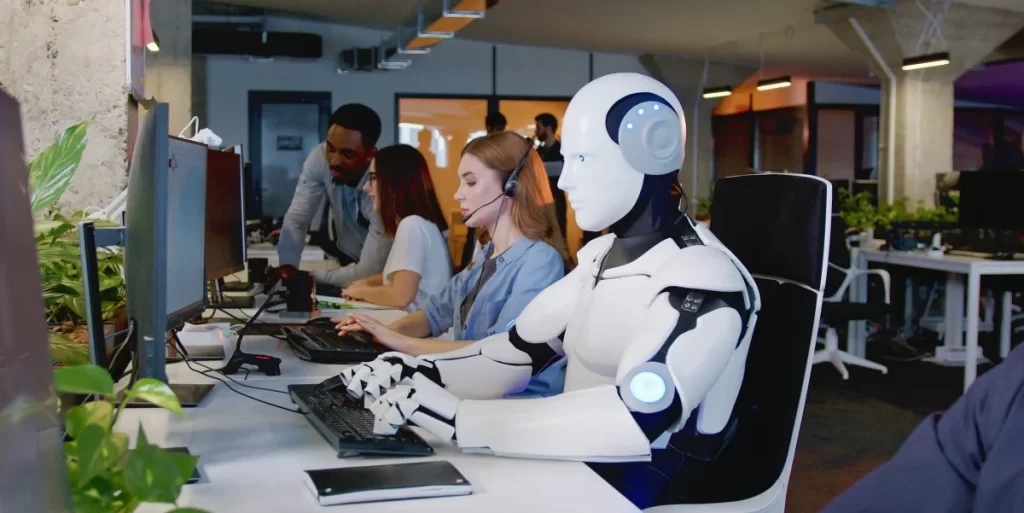
AI-driven chatbots and virtual assistants are already replacing human customer service representatives in many cases.
Namely, platforms like ChatGPT, Google’s Duplex, and IBM Watson are capable of handling complex customer inquiries, processing returns, and providing technical support—all without human intervention.
Major companies have shifted to AI-powered customer service to improve response times and reduce costs. With natural language processing (NLP) improving at a rapid pace, AI-driven systems will soon handle the big majority of customer interaction.
Additionally, unlike human representatives, AI chatbots can respond instantly, handle thousands of customers at once, and operate 24/7 without fatigue or emotional stress.
While many customers still prefer speaking with a human, AI is getting better at sounding conversational, therefore people will (most likely) have no idea if they are speaking with a human or not.
Certainly, by 2030, most routine customer service tasks will be fully automated, leaving only the most complex cases in human hands.
Interesting fact: The first chatbot, ELIZA, was created in 1966 and could simulate a basic conversation with users.
6. Warehouse Workers (85% Probability)
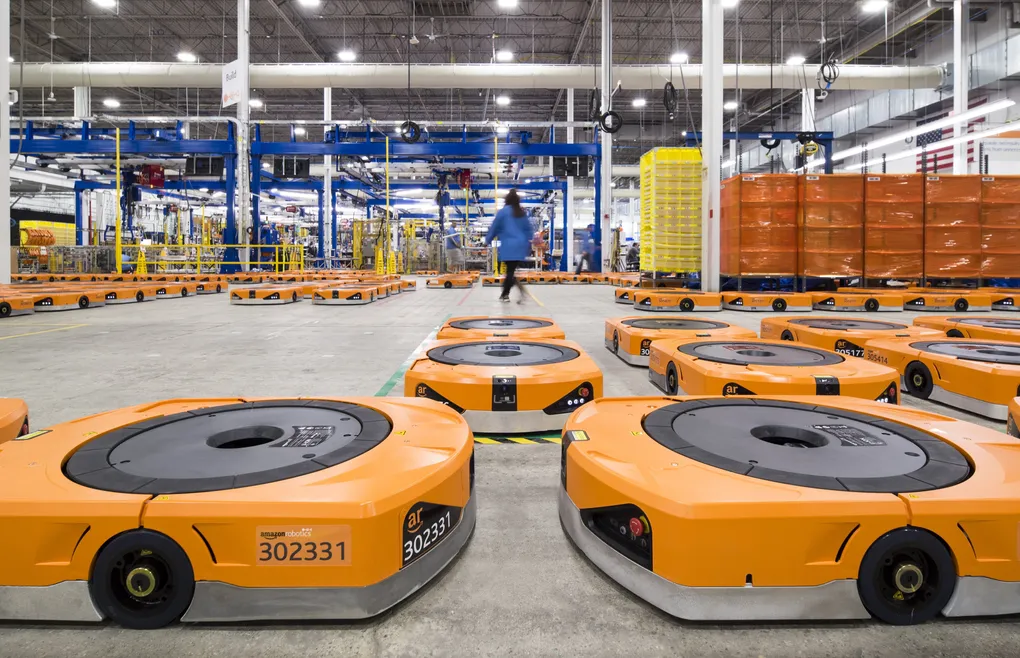
Warehouses are becoming increasingly automated, with companies like Amazon, Walmart, and Alibaba leading the way in deploying AI-powered robots. Automated picking systems, conveyor belts with AI-driven sorting mechanisms, and robotic forklifts can now move inventory with minimal human involvement.
The efficiency gains are (unfortunately) staggering. Namely, robots don’t need breaks, they don’t get sick, and they can work around the clock.
And while some roles requiring human oversight will remain, many low-skill warehouse jobs are certainly on the chopping block in the upcoming years.
Interesting fact: Amazon has over 750,000 robots working in its warehouses, drastically reducing the need for human labor in logistics operations.
7. Travel Agents (80% Probability)

Once upon a time, travel agents were essential for booking flights, hotels, and vacation packages. Today, AI-powered platforms like Google Travel, Expedia, Kayak, and Booking can handle these tasks instantly, comparing thousands of options in seconds.
AI algorithms personalize recommendations based on past trips, user preferences, and real-time pricing changes, making them far more efficient than human agents.
In addition to booking, AI chatbots assist travelers with itinerary adjustments, flight changes, and local recommendations.
While luxury travel planning and complex itineraries may still require human expertise, the vast majority of routine travel bookings are now handled by AI. By 2030, the role of traditional travel agents will be significantly diminished.
Interesting fact: According to a Skift report, over 85% of travelers now book their trips online without any human assistance.
8. Bank Tellers (80% Probability)
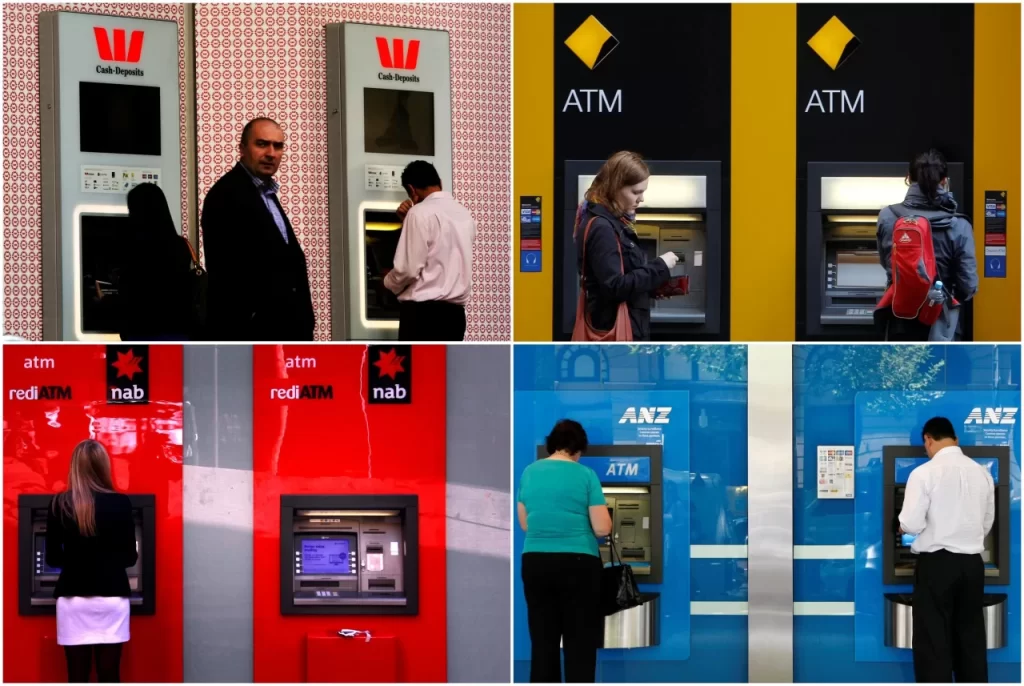
AI-driven banking services are making traditional teller roles mostly obsolete. Basically they are still there almost exclusively to serve older people. Yes it does sound sad, but it is reality.
Mobile banking apps, chatbots, and advanced ATMs now handle deposits, withdrawals, transfers, and even loan applications. With fewer people visiting physical bank branches, many financial institutions are already reducing teller positions and transitioning toward fully automated banking experiences.
Besides that, the rise of AI-based fraud detection and risk assessment tools further reduces the need for human oversight. Some banks are even experimenting with AI-driven financial advisors, offering customers automated investment and savings plans.
And so, with big certainty, we can say that by 2030, most traditional teller positions will disappear, with only specialized financial consultants remaining in branches.
Interesting fact: JPMorgan Chase has already reduced its teller workforce by thousands due to digital banking advancements.
9. Paralegals (78% Probability)

Law firms have long relied on paralegals to sift through contracts, research case law, and draft legal documents. But AI-powered legal software like ROSS Intelligence and Casetext can now perform these tasks in a fraction of the time.
These tools analyze legal databases, find relevant precedents, and even suggest legal arguments—tasks that once required extensive human effort.
With AI handling document review and legal research, law firms are cutting costs by reducing their paralegal workforce.
While human lawyers will still be essential for courtroom arguments and complex negotiations, AI is making many back-office legal jobs obsolete. This shift is expected to continue as AI systems become more sophisticated and widely adopted.
Interesting fact: The first AI-powered legal assistant, ROSS, was built using IBM’s Watson and was capable of answering legal questions in natural language.
10. Journalists (Basic Reporting) (75% Probability)

AI-generated journalism is no longer a futuristic concept—it’s happening now. News agencies like The Associated Press and Bloomberg already use AI to generate financial reports, sports recaps, and earnings summaries.
AI programs can quickly scan large data sets, identify trends, and generate coherent articles in seconds. And when you really think about it, it’s better that way. Many current day-to-day articles are written by “student” journalists who only produce garbage intended to sensationalize people and attract clicks.
However, investigative journalism and opinion pieces will still require human creativity for many years to come.
Interesting fact: The Washington Post used AI-generated articles to cover the 2016 U.S. elections, publishing over 500 automated stories.
Bonus – What About Programmers?
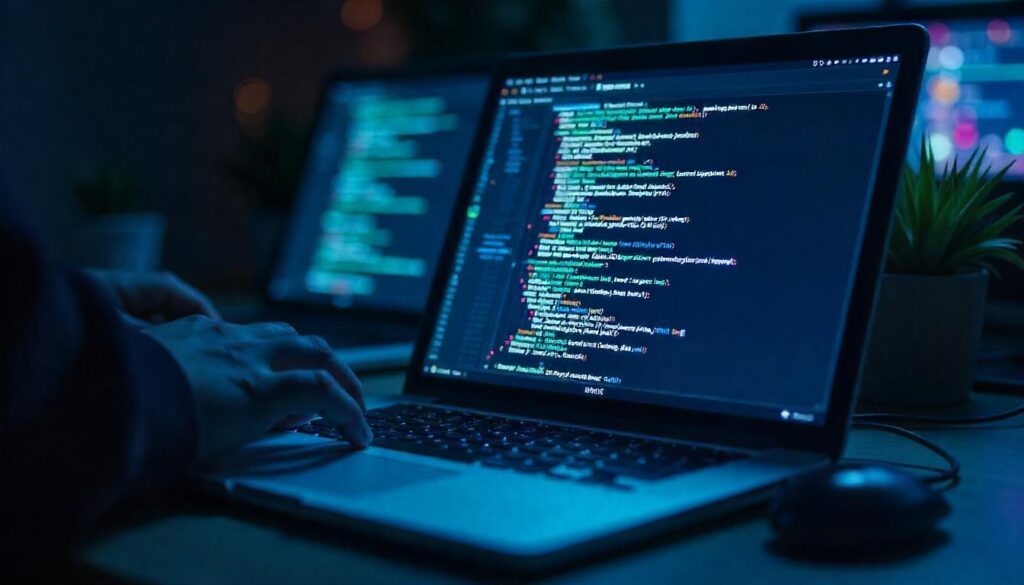
Many discussions about AI and automation eventually circle back to one major question: will AI replace programmers? It’s a fair concern. AI models like have already shown they can write very functional programs, resolve coding issues, and even generate entire applications with minimal human intervention.
AI can build a simple calculator app, create a working Tetris clone, and troubleshoot bugs faster than most human developers.
Entry-level programmers, especially those performing repetitive coding tasks, are at significant risk. AI can write boilerplate code, generate unit tests, and even optimize existing functions without human oversight.
Many companies are already integrating AI-powered development tools to speed up software production, reducing the need for junior coders. Businesses that once required a team of five junior developers may soon get by with just one overseeing AI-generated code.
However, senior developers and software architects are much harder to replace. Writing code is only a small part of a programmer’s job at the highest levels. Senior engineers must understand business needs, balance trade-offs, optimize for performance, and foresee challenges before they arise.
AI, for all its capabilities, still lacks the human intuition and problem-solving depth needed to design complex systems tailored to unique business requirements.
Furthermore, programming isn’t just about typing code; it’s about understanding stakeholders, debugging unpredictable issues, and making judgment calls that AI cannot yet handle.
A chatbot may generate an API integration, but it won’t know whether that API is the best long-term choice for a company’s tech stack. A generative AI may refactor a function for efficiency, but it won’t predict how that change might affect scalability five years down the road.
That said, junior programmers should brace for rapid change. The days of manually writing simple CRUD applications or debugging syntax errors are numbered. AI will soon handle most of these tasks with ease.
Programmers who wish to stay relevant must move beyond code-writing and focus on problem-solving, system architecture, and business logic—areas where human expertise still reigns supreme.
Interesting fact: GitHub’s Copilot, an AI-powered coding assistant, is already helping developers write nearly 50% of their code in some projects, significantly reducing the need for manual programming effort.
And finally…
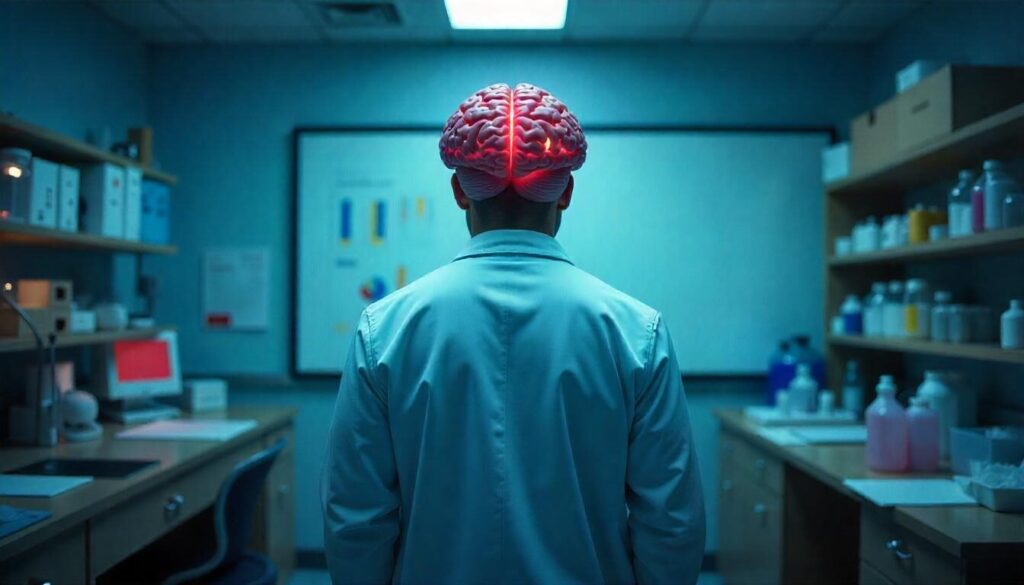
We’ve outlined several professions that AI is likely to disrupt in the coming years, but this is probably just the beginning. Some argue that history has seen similar upheavals—industrialization, electricity, computers—and that society always found new jobs to replace the old ones.
But this time, things feel different.
Traders like to say that history doesn’t always repeat, but it does rhyme. The difference now is that AI isn’t just another technological leap. It’s something entirely new, an intelligence that grows exponentially and will continue to evolve at a pace beyond our imagination.
This isn’t just about automation—it’s about creating systems that learn, adapt, and ultimately outperform humans in ways we haven’t yet comprehended.
If AI surpasses human intelligence on a collective scale, the majority of jobs will disappear simply because AI will be able to do them better, faster, and cheaper. That might not happen overnight, but think about what happens in 100 years when AI is smarter than all of humanity combined throughout history.
Work, as we know it, may no longer exist!
The question then isn’t just about job loss, but about what comes next. What do we do when AI replaces all repetitive, mundane tasks? Maybe, just maybe, it will force us to finally look inward—toward creativity, consciousness, and self-improvement.
Perhaps the real purpose of humanity isn’t grinding away at nine-to-five jobs, waiting for retirement or the end of life. Maybe we are meant for something greater.
Let’s hope AI clears the path for that future, taking over the dull and the mundane so that we can focus on what makes us truly human.











